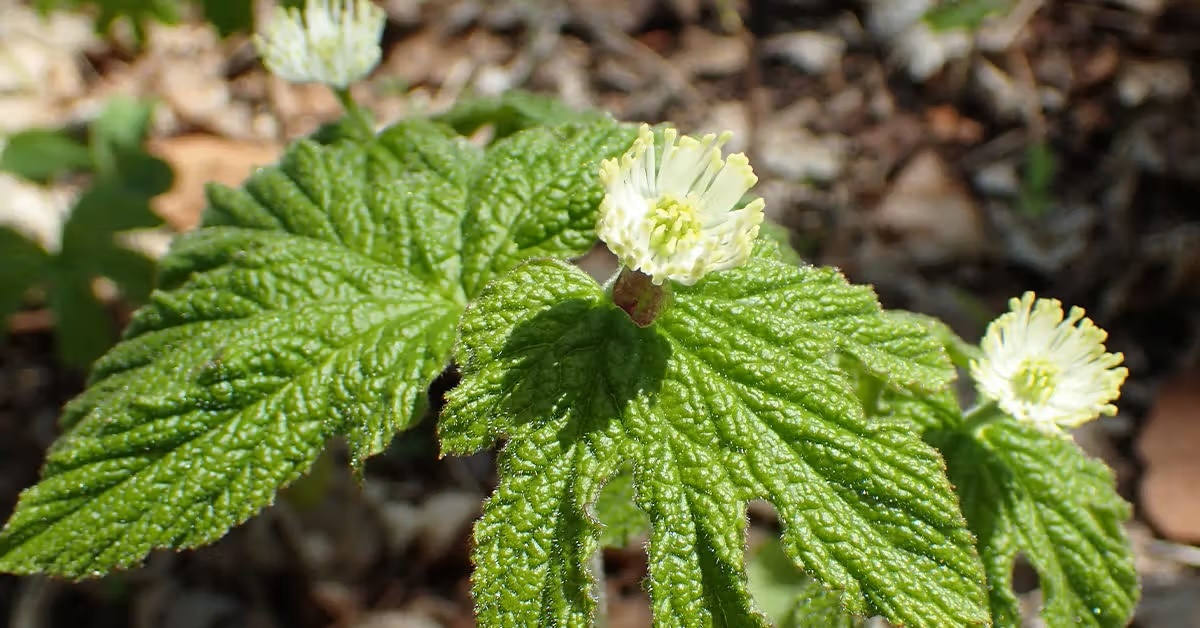
Goldenseal, a plant native to North America, has intrigued many for centuries. Known for its bright yellow roots, this herb has a rich history in traditional medicine. But what makes Goldenseal so special? For starters, it’s often used to treat various ailments, from digestive issues to skin conditions. Native American tribes were among the first to harness its healing properties, using it as a natural remedy. Today, it’s still popular in herbal supplements. However, its benefits don't stop there. Goldenseal also boasts antimicrobial and anti-inflammatory properties, making it a versatile addition to any natural medicine cabinet. Curious to learn more? Here are 30 fascinating facts about this remarkable plant.
What is Goldenseal?
Goldenseal, also known as Hydrastis canadensis, is a perennial herb native to North America. This plant has been used for centuries in traditional medicine. Let's dive into some fascinating facts about this remarkable herb.
- Goldenseal belongs to the buttercup family, Ranunculaceae.
- Native Americans used goldenseal for various medicinal purposes, including treating skin diseases and digestive issues.
- The plant's name comes from the yellow color of its roots and the seal-like scars left on the rhizome after the stem breaks off.
- Goldenseal is often called "yellow root" due to its vibrant yellow rhizome.
- The herb typically grows in rich, shady woods and forest areas.
Medicinal Uses of Goldenseal
Goldenseal has a long history of medicinal use. Its benefits are attributed to the active compounds found in the plant.
- Berberine, an alkaloid found in goldenseal, has antimicrobial properties.
- Goldenseal is commonly used to treat respiratory infections like the common cold and flu.
- The herb is believed to boost the immune system, helping the body fight off infections.
- Goldenseal can be used as a natural antibiotic for minor wounds and cuts.
- It is often combined with echinacea to enhance its immune-boosting effects.
Goldenseal in Modern Medicine
While traditional uses of goldenseal are well-documented, modern research continues to explore its potential benefits.
- Studies suggest that goldenseal may help lower blood sugar levels in people with diabetes.
- Research indicates that berberine in goldenseal can inhibit the growth of certain cancer cells.
- Goldenseal has been studied for its potential to treat gastrointestinal disorders like irritable bowel syndrome (IBS).
- The herb shows promise in reducing inflammation, which can help with conditions like arthritis.
- Some research suggests that goldenseal may have a protective effect on the liver.
Cultivation and Harvesting
Growing goldenseal requires specific conditions to thrive. Here are some interesting facts about its cultivation.
- Goldenseal prefers rich, moist soil and partial to full shade.
- The plant is typically propagated through root division rather than seeds.
- It takes about three to five years for goldenseal to mature enough for harvest.
- Overharvesting in the wild has led to a decline in goldenseal populations, making sustainable cultivation important.
- Goldenseal is listed as a "special concern" species in several states due to its declining numbers.
Goldenseal in Supplements and Products
Goldenseal is widely available in various forms, making it accessible for those seeking its benefits.
- The herb can be found in capsules, tablets, tinctures, and teas.
- Goldenseal extract is often used in natural skincare products for its antimicrobial properties.
- It is a common ingredient in natural mouthwashes and throat sprays.
- Some people use goldenseal powder to make homemade salves and ointments.
- Always consult a healthcare professional before using goldenseal supplements, especially if pregnant or nursing.
Interesting Tidbits About Goldenseal
Beyond its medicinal uses, goldenseal has some unique characteristics and historical significance.
- The Cherokee and Iroquois tribes used goldenseal as a dye for clothing and tools.
- Goldenseal was once a popular ingredient in patent medicines during the 19th century.
- The plant's bright yellow root was used as a natural dye for wool and other fabrics.
- Goldenseal has a bitter taste, which is why it is often combined with other herbs in supplements.
- Despite its benefits, goldenseal should not be used long-term as it can cause digestive upset and other side effects.
The Golden Takeaway
Goldenseal is more than just a plant. It's a powerhouse of health benefits and historical significance. From its antimicrobial properties to its role in traditional medicine, goldenseal has earned its place in the spotlight. Whether you're interested in its medicinal uses, cultivation tips, or cultural impact, there's no denying its importance.
Remember, while goldenseal offers many benefits, it's crucial to use it responsibly. Overharvesting can threaten its existence, so consider sustainable practices. If you're thinking about adding goldenseal to your health regimen, consult a healthcare professional to ensure it's right for you.
Goldenseal's rich history and versatile applications make it a fascinating subject. Whether you're a gardening enthusiast, a history buff, or someone looking to boost their well-being, goldenseal has something to offer. Dive into its world and discover the golden benefits for yourself.
Was this page helpful?
Our commitment to delivering trustworthy and engaging content is at the heart of what we do. Each fact on our site is contributed by real users like you, bringing a wealth of diverse insights and information. To ensure the highest standards of accuracy and reliability, our dedicated editors meticulously review each submission. This process guarantees that the facts we share are not only fascinating but also credible. Trust in our commitment to quality and authenticity as you explore and learn with us.
